Lettuce (Lactuca sativa) is a staple leafy green in diets worldwide, valued for its crisp texture, mild flavor, and nutritional benefits. While lettuce is typically grown in full sun, many gardeners face the challenge of limited sunlight due to urban spaces, shaded patios, or tree-covered yards. Fortunately, lettuce is a cool-season crop that can thrive in partial shade if grown under the right conditions.
This guide provides a comprehensive 5-step approach to growing lettuce in shaded areas, focusing on proper variety selection, soil preparation, planting techniques, care, and harvesting strategies. By following these steps, gardeners can enjoy fresh, homegrown lettuce even in low-light conditions.
Step 1: Choose the Right Lettuce Varieties
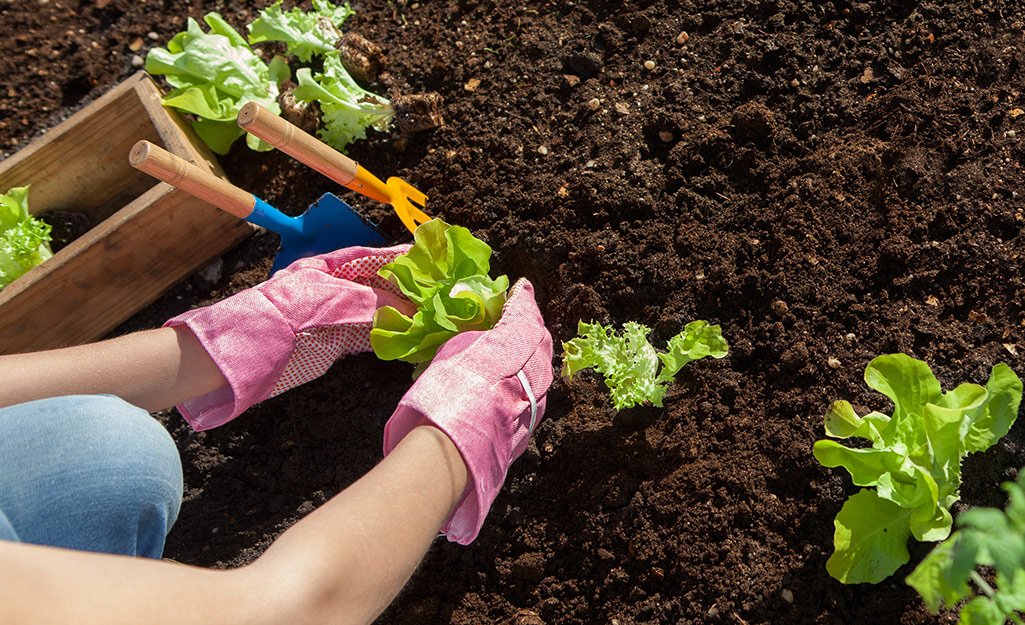
Selecting lettuce varieties suited for shade is the foundation for a successful crop. Different lettuce types have varying tolerance to sunlight and growth habits.
- Lettuce Types:
- Loose-Leaf Lettuce: Ideal for shaded areas; grows quickly and tolerates partial sun. Varieties include ‘Black Seeded Simpson’ and ‘Green Salad Bowl.’
- Butterhead Lettuce: Forms soft, rounded heads and performs well in partial shade. Varieties include ‘Bibb’ and ‘Boston.’
- Romaine (Cos) Lettuce: Requires slightly more sunlight but can still produce in light shade. Varieties include ‘Little Gem’ and ‘Parris Island.’
- Oakleaf Lettuce: Highly shade-tolerant and grows well in cool, low-light conditions.
- Leaf Color and Texture:
- Darker leaves absorb more light, helping the plant photosynthesize efficiently in low-light conditions.
- Opt for varieties with tender leaves that grow quickly for multiple harvests.
Choosing shade-tolerant varieties ensures lettuce grows healthy, flavorful leaves even with limited sunlight exposure.
Step 2: Prepare the Soil
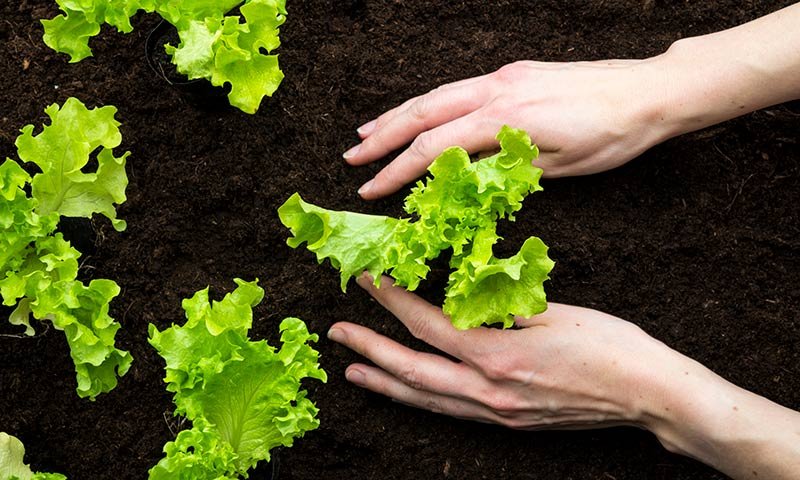
Lettuce requires nutrient-rich, well-draining soil to thrive, particularly in shaded areas where sunlight is limited.
- Soil Selection:
- Choose loamy, light soil with good drainage. Avoid heavy clay soils, which can cause waterlogging and root rot.
- Ideal pH: 6.0–6.8.
- Soil Enrichment:
- Mix in well-rotted compost, aged manure, or organic matter to improve fertility and moisture retention.
- Lettuce benefits from a balanced nutrient profile, so incorporate a slow-release fertilizer or organic amendments high in nitrogen to promote leafy growth.
- Raised Beds or Containers:
- In shaded areas, consider raised beds or containers to improve soil drainage and provide better control over nutrient content.
- Containers allow you to move plants slightly to catch the most sunlight available during the day.
Proper soil preparation ensures robust root development, healthier leaves, and improved growth under limited light conditions.
Step 3: Planting Lettuce in Shaded Areas

Planting techniques play a crucial role in maximizing growth in low-light conditions.
- Sowing Seeds:
- Direct sow seeds ¼–½ inch deep in rows or scatter lightly for loose-leaf varieties.
- Space seeds 6–12 inches apart, depending on variety and leaf size.
- Transplanting Seedlings:
- Start seeds indoors in trays or pots and transplant seedlings once they develop 3–4 true leaves.
- Harden off seedlings by gradually exposing them to outdoor shaded conditions before planting.
- Spacing Considerations:
- Proper spacing is essential for air circulation in shaded areas, reducing the risk of fungal diseases such as downy mildew.
- For loose-leaf varieties, space plants closer together (6–8 inches) for dense, continuous harvests.
- Orientation:
- Arrange rows or containers so plants receive the maximum light during available sunny hours.
- Even a few hours of morning sun can significantly improve growth in shaded areas.
Correct planting ensures lettuce seedlings establish quickly, leading to healthier, more productive plants.
Step 4: Care and Maintenance
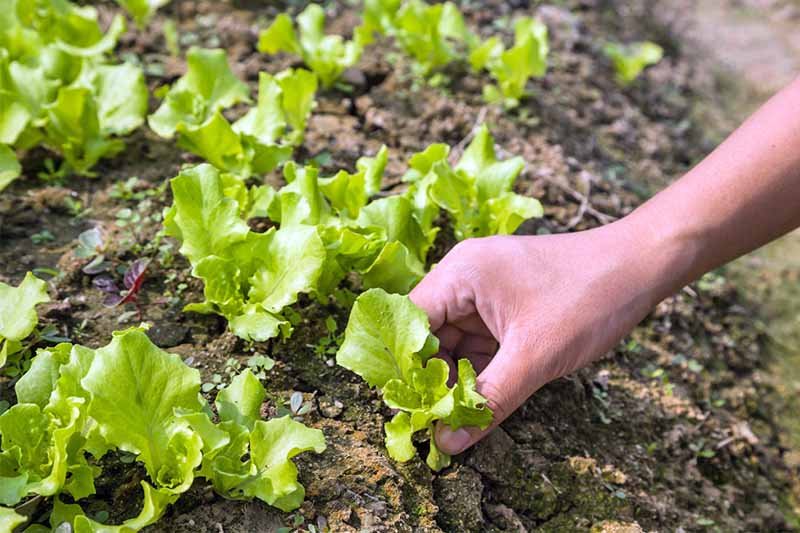
Lettuce grown in shaded areas requires attentive care to thrive and resist disease.
- Watering:
- Maintain consistent moisture, as shaded soils retain water longer.
- Water deeply at the base of plants to prevent fungal issues on leaves.
- Avoid overhead watering to reduce leaf wetness and disease risk.
- Fertilization:
- Leafy growth benefits from additional nitrogen. Apply liquid fertilizer or compost tea every 2–3 weeks.
- Avoid excessive fertilization, which can cause bitter-tasting leaves or tip burn.
- Mulching:
- Apply organic mulch, such as straw or shredded leaves, to conserve moisture, suppress weeds, and maintain consistent soil temperature.
- Mulching helps shaded areas avoid soil compaction and nutrient leaching during heavy rains.
- Pest and Disease Management:
- Monitor for aphids, slugs, and snails, which thrive in shaded, moist environments.
- Use natural remedies like neem oil, diatomaceous earth, or hand-picking pests.
- Ensure adequate spacing and airflow to prevent fungal infections.
- Succession Planting:
- Sow seeds or transplant seedlings every 2–3 weeks for a continuous harvest throughout the growing season.
Consistent care ensures leafy, tender lettuce with minimal pest and disease problems even under limited sunlight.
Step 5: Harvesting and Post-Harvest Handling
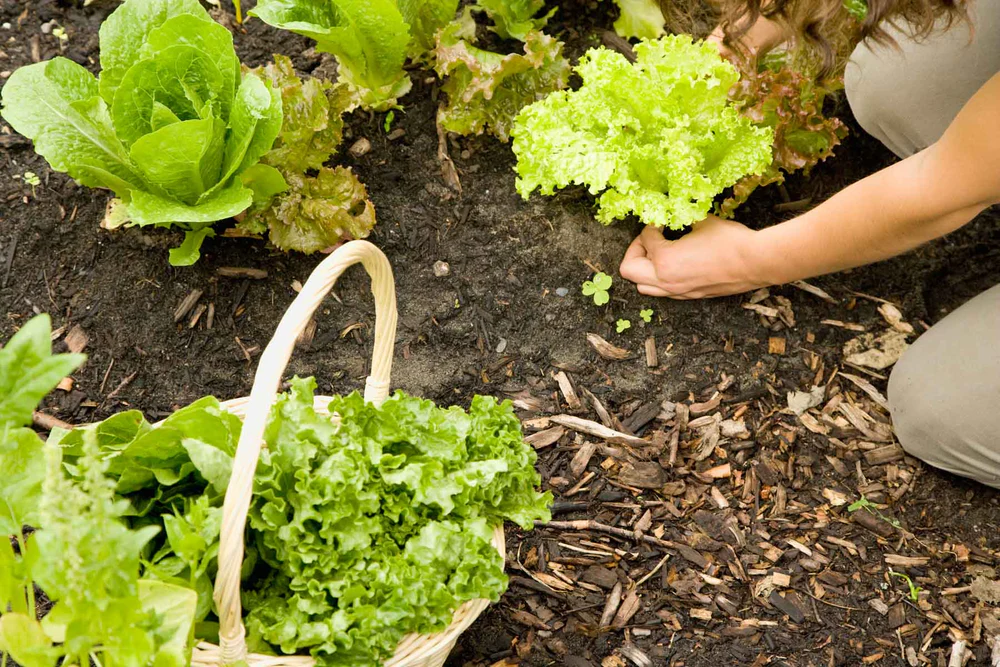
Harvesting lettuce at the right stage maximizes flavor, texture, and nutrient content.
- Timing:
- Loose-leaf varieties: Harvest outer leaves when they reach 3–4 inches.
- Head-forming varieties: Wait until the head is firm and fully developed.
- Harvest Techniques:
- Use scissors or a knife to cut leaves above the base, allowing plants to continue producing.
- For head varieties, harvest the entire head by cutting at soil level.
- Post-Harvest Care:
- Wash leaves gently and dry thoroughly to remove soil and pests.
- Store in perforated plastic bags or containers in the refrigerator to maintain freshness.
- Lettuce grown in shaded areas may be slightly more tender, so handle gently to prevent bruising.
- Encouraging Regrowth:
- For loose-leaf types, cutting outer leaves allows the plant to continue producing new leaves for multiple harvests.
Proper harvesting practices ensure high-quality lettuce with extended shelf life and continuous supply for home use.
Additional Tips for Growing Lettuce in Shaded Areas
- Use Shade-Tolerant Varieties:
- Darker leaf varieties like romaine or oakleaf perform better in low-light conditions due to higher chlorophyll content.
- Adjust Watering Schedule:
- Shaded soil retains moisture longer, so reduce watering frequency to prevent root rot.
- Enhance Light Availability:
- Reflective surfaces like white walls or reflective mulch can increase light intensity in shaded areas.
- Cool-Season Advantage:
- Lettuce prefers cooler temperatures (60–70°F). Shaded areas naturally provide cooler microclimates, reducing bolting in spring or summer.
- Organic Fertilization:
- Use compost, vermicompost, or liquid seaweed extract to boost growth naturally without chemical inputs.
- Pest Prevention:
- Encourage beneficial insects like ladybugs to control aphids and maintain a balanced ecosystem.
These tips enhance growth, flavor, and resilience of lettuce plants in shaded gardens.
Benefits of Growing Lettuce in Shaded Areas
- Extended Growing Options:
- Shaded areas previously considered unproductive can now yield fresh, nutritious greens.
- Reduced Heat Stress:
- Lettuce in shaded areas avoids direct summer sun, preventing leaf scorch and bolting.
- Enhanced Garden Utilization:
- Utilize patios, balcony corners, or under tree canopies to maximize space.
- Sustainable and Fresh Produce:
- Growing at home reduces dependence on store-bought lettuce, ensuring freshness and chemical-free crops.
- Aesthetic and Health Benefits:
- Shaded lettuce beds can create attractive garden corners while providing a constant supply of nutrient-rich greens.
Growing lettuce in shaded areas promotes sustainable gardening and optimizes underutilized spaces while providing fresh, homegrown produce.
Conclusion
Cultivating lettuce in shaded areas is entirely achievable with proper planning, care, and attention to detail. By following this 5-step guide—selecting shade-tolerant varieties, preparing nutrient-rich soil, planting strategically, providing consistent care, and harvesting correctly—gardeners can enjoy continuous, flavorful, and healthy leafy greens even in limited sunlight.
Shaded gardens offer a unique microclimate that protects lettuce from excessive heat and sun stress, allowing for tender, high-quality leaves. With the right techniques, gardeners can transform shaded spaces into productive and sustainable salad gardens, enjoying fresh, homegrown lettuce throughout the year.
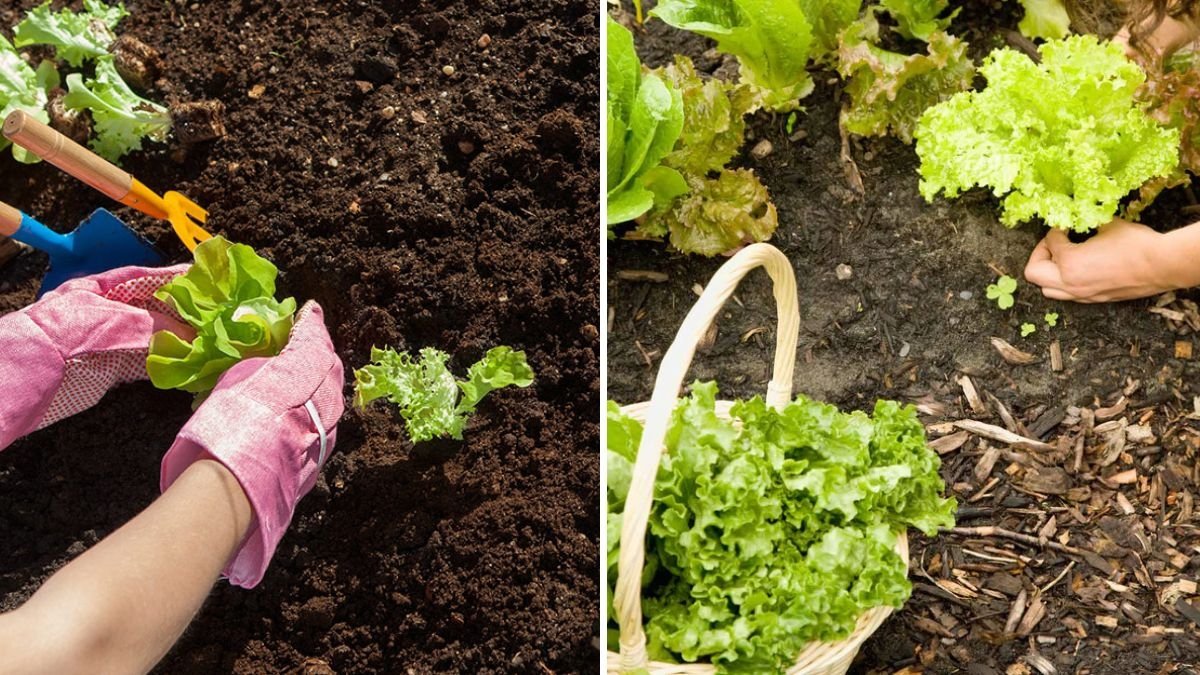
Leave A Comment